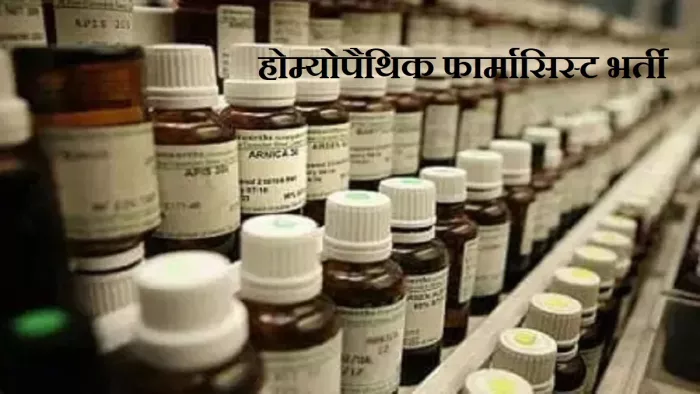Jamshedpur: It is a medical condition that causes the formation of thrombi or blood clots in the blood vessels. They obstruct the blood flow and can pose severe health issues. However, nobody is an exception to suffering from thrombosis, though there are some more vulnerable people. These include women among others. Some of the factors making women more prone to thrombosis include pregnancy and hormone replacement. Here come some crucial understandings of their risks to take proactive measures in health management.
What is Thrombosis?
Thrombosis is the alteration of the normal coagulation scheme of blood. It results in clotting. There are two broad categories of thrombosis: тАУ
- Deep Vein Thrombosis (DVT): A blood clot forms inside a deep vein, often in the legs. It will present with swelling and pain along with tenderness.
- Thrombosis in Women: Understanding Risks in Pregnancy and Hormone Replacement Blood clots occur in arteries. This can lead to heart attacks or strokes if they block blood circulation to organs.
They can also experience change of the skin, shortness of breath, and chest pain because of the location of the clot. Although a man is as likely as a woman to have thrombosis, some physiological factors place the risk much higher for women.
Pregnancy and thrombosis
Generally, risks are more pronounced because of specific physiological aspects in women but men and women alike can develop thrombosis. Pregnancy is the most common risk factor for DVT. The body automatically increases its clotting tendency during this time of life in a form of avoiding severe bleeding at birth. This would increase the chance of getting clots.
Symptoms: Women experience pain in the legs with swelling and tenderness worse if in the calf. A hot spot or redness can occur below the knee.
Management:
Throughout the pregnancy, one should be watchful for signs and report them to professionals. One can prevent complications by drinking plenty of fluids, engaging in regular exercise, and not remaining inactive for extended periods.
Thrombosis and Hormone Therapy
Of all therapies administered to females for a variety of medical reasons, hormone therapy тАФ which includes oral contraceptives and hormone replacement therapy тАФ is the most common. Unfortunately, it confers a greater risk of thrombosis, especially within the first year of use.
Main Risks:
More than Expected Cases: Hormonal contraceptive medications may elevate the potential for myocardial infarction, stroke, and venous thrombosis. The risk factors are women with previous coagulation disorder and the use of third-generation contraceptives which have gestodene or desogestrel.
Symptoms to Report:
Women on hormone therapy should be monitored for signs like sudden leg swelling, chest pain, or unexplained shortness of breath. These are signs of a thrombotic event.
Preventive measures
It is started by understanding some risk factors. A woman can be proactive to reduce her chances of thrombosis through the following:
1. Hydration: Fluids ensure good circulation of blood.
2. Avoid Smoking: Those who smoke have a much higher chance of suffering from thrombosis.
3. Maintain a Healthy Weight: Excess weight exposes them to the risk of thrombosis; weight control prior to pregnancy is essential.
4. Regular Exercise: It aids in good circulation, thus minimizing clot formations.
5. Consult Health Care Providers: Regular visits and discussions with health care providers about risks of pregnancy and hormone therapy are considered important.
It is a critical risk factor in women, especially women in their reproductive years and those who are on hormone therapy. Awareness of the risks and prevention measures may lower the potential for dangerous blood clots that could even prove fatal. Good health and reduced risks for thrombosis necessitate lifestyle change and proactive consultation with doctors.







